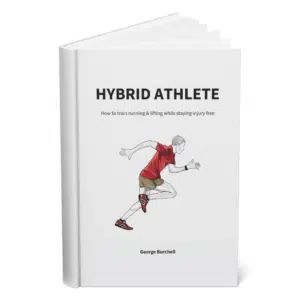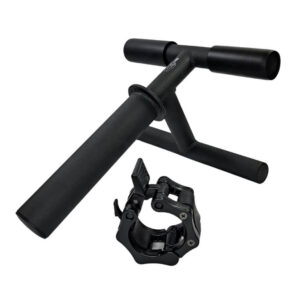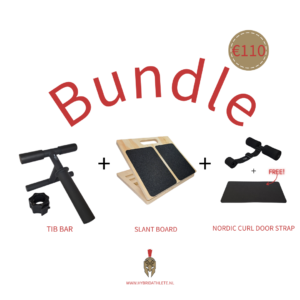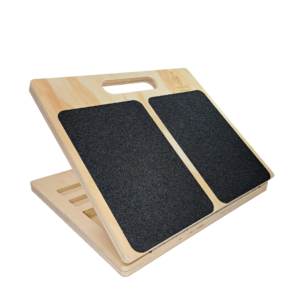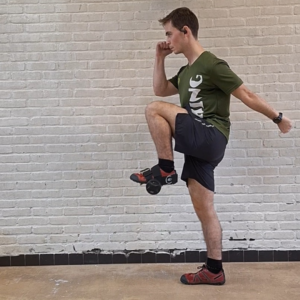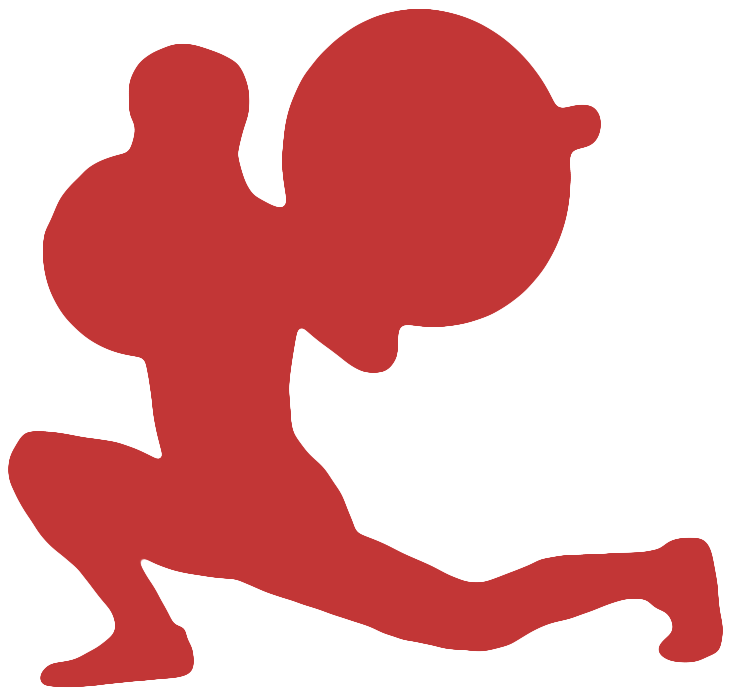
For most people, mobility work is something “left for last”. Oftentimes, athletes turn to mobility as a means of pain solution, which is fine, but it’s not exactly the best thing to do.
Knees over toes, or KOT mobility routine offers a different mobility-building approach – active stretching as a form of exercise that focuses on getting stronger in stretched positions.
Let’s see how exactly can KOT exercising help you develop better mobility.
For Knee-over-toe basics, click HERE.
Table of Contents
It All Starts At The Ankles
When people experience knee, hip, or even back pain while exercising, it’s always a good thing to look at the feet. Or, to be precise, the ankle.
The ankle is the first larger joint that takes the load from the ground, passing it upward, toward the knee. This load can come from walking, jumping, running, lifting, or any exercise that requires standing, lunging, or squatting.
Now, if the ankle isn’t doing its job properly, the rest of the joints above in the kinetic chain are bound to fail at some point. Of course, we must not forget foot strength and the role it plays to support the kinetic chain.
The issue is not at the knee (usually)
So when dealing with knee pain (the most common sports ache out there), it’s crucial to look at the joint surrounding it.
Knee problems come from all the extra pressure put on it, both from above and below. This pressure comes from the lack of ankle and hip mobility. In the end, the knee gets twisted and forced to move in directions it wasn’t designed for.
Essentially, if your knee hurts, you have to look around it and solve the ankle/hip issue.
It’s About The Triple Flexion

Triple flexion involves bending the ankle (dorsiflexion), knee (flexion), and hip (flexion) joints simultaneously, especially in running, lunging, and jumping motions.
As it turns out, going knees-over-toes is a natural way to help your body achieve synchronized triple flexion. And there’s not much you can do about knee mobility, but via KOT, you can do wonders for your ankle mobility and hip flexibility. By addressing the first joint under and over the knee, you tackle knee issues directly.
How KOT Mobility Helps With Injury Prevention
It’s no coincidence that the Knees-over-toes method is a great way to develop mobility, especially in the lower body.
Every staple KOT exercise does one thing that’s more than necessary for your everyday life, including all situations where triple flexion is needed. It makes you stretch and contract your muscles using their full range of motion (ROM).
In practical terms – if you do split squats with a KOT focus, you can expect more than just quad gains. KOT mobility means getting strong in stretched positions. It means stopping your body from compensating for the lack of mobility (because it always leads to injury).
KOT Mobility – Get Strong In Stretched Positions
At Hybrid Athlete we value the KOT mobility approach for several reasons:
- It “teaches” the body to move in all directions in a balanced manner
- KOT mobility is great for every type of athlete out there. It trains for strength AND resilience
- With Knees-over-toes, you (almost) don’t have to worry about recovery. KOT movements are natural, so they allow high frequency. It’s even recommended to up the volume of KOT exercises.
Again, doing mobility work is not something people like to dedicate themselves to. But, as you can see, KOT is so much more than a mobility regimen. Give it a go and see for yourself. Whether it’s running time, numbers on the bar, or just pain alleviation, KOT mobility is the right way to go.
Get Your KOT Mobility Gear And Start Bulletproofing Your Knees ASAP:
GET THE BEST INJURY-PREVENTION TRAINING EQUIPMENT:
Above all, a storyteller. Then comes marketing, branding, writing music, powerlifting, and woodworking.

